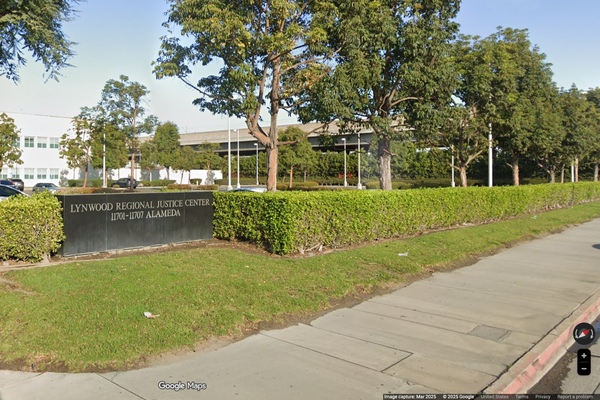One of the most well-known police techniques is the PIT Maneuver. It is, after all, in every police procedural, every movie, and even in almost every Looney Tunes series where Bugs becomes a cop. And if you turn on the nightly news, you'll likely find some report showing the maneuver being used by your local police.
The acronym stands for Precision Immobilization Technique (PIT), and works by way of a police officer using the nose of their squad car to push the rear of a fleeing subject's vehicle into an uncontrolled 180-degree spin. It was introduced in the 1980s and rolled out throughout the country after, and has been used by cops the world over when they're attempting to stop a fleeing vehicle from continuing to run and put folks in danger on the road.
It is, however, incredibly dangerous for everyone involved, as well as those around the person fleeing and the police attempting the stop—more on that in a second.
But in this footage released by the Florida Highway Patrol, you'll see one of the police officers PIT a heavily modified Can-Am Maverick X3 Max (not mine, folks, not mine), and while everything worked out, it could've gone extremely badly very quickly. PIT maneuvers on side-by-sides look extremely sketchy, and these tactics were already sketchy at best.
According to NBC 6 Miami, this saga began when local law enforcement responded to calls about side-by-sides roaming the streets. There, one particular UTV, is said to have allegedly struck one of the officers before leaving the scene.
"When officers arrived, the vehicles fled, and one hit an officer on his foot and pinned him, officials said. The officer fired his weapon but no one was hit by the gunfire," says the outlet, adding, "Multiple law enforcement agencies responded, including FHP, Coral Gables Police and the Miami-Dade Sheriff's Office."
This is when Florida Highway Patrol intercepted the fleeing Can-Am Maverick X3 Max side-by-side. The whole chase quickly ended with one officer performing a PIT maneuver and pushing the UTV into a chain-link fence, with the suspects quickly putting their hands up and surrendering. Luckily for the police and the suspects, the maneuver didn't flip the side-by-side, which is a real possibility.
NBC 6 Miami stated that the suspect was charged with "attempted second-degree murder, aggravated battery on an officer and aggravated fleeing and eluding after an accident." But the whole chase reminded me that the PIT maneuver is one of those things that probably needs to be thrown into the scrapheap of history, as it often puts more folks in danger than it does help solve the issue of a fleeing suspect.
The problem with the PIT is that it's really only designed to work with a car going under 20 MPH, as anything over that increases the risks to the officers, the suspect, and those sharing the road with them. According to an NHTSA report on the PIT, "Because the goal of this tactic is to spin out the suspect’s vehicle, it introduces risks to the suspect and any passengers, the involved officers, and any bystanders. These risks increase under certain conditions, such as when the maneuver is conducted at high speeds or in crowded locations; the maneuver can have deadly consequences." As such, while some states classify the PIT as an "intermediate force option" in halting a vehicle, others classify it as "deadly force" due to its ability to become deadly quickly for those involved and not.
The Washington Post reports that, "Since 2016 [to 2020] at least 30 people have died, and hundreds have been injured—including some officers—when police used the maneuver to end pursuits." Again, the PIT is sketchy in the best of circumstances, and deadly in the worst. And given that a side-by-side has a far different center of gravity compared to a car, and the tires are taller, wider, and not designed for most roadways, this could've ended horribly for everyone involved.
Now, I'm not saying the driver should've ran. Far from it. But if I were the officer, I would've had second thoughts on the use of the PIT in this situation.








